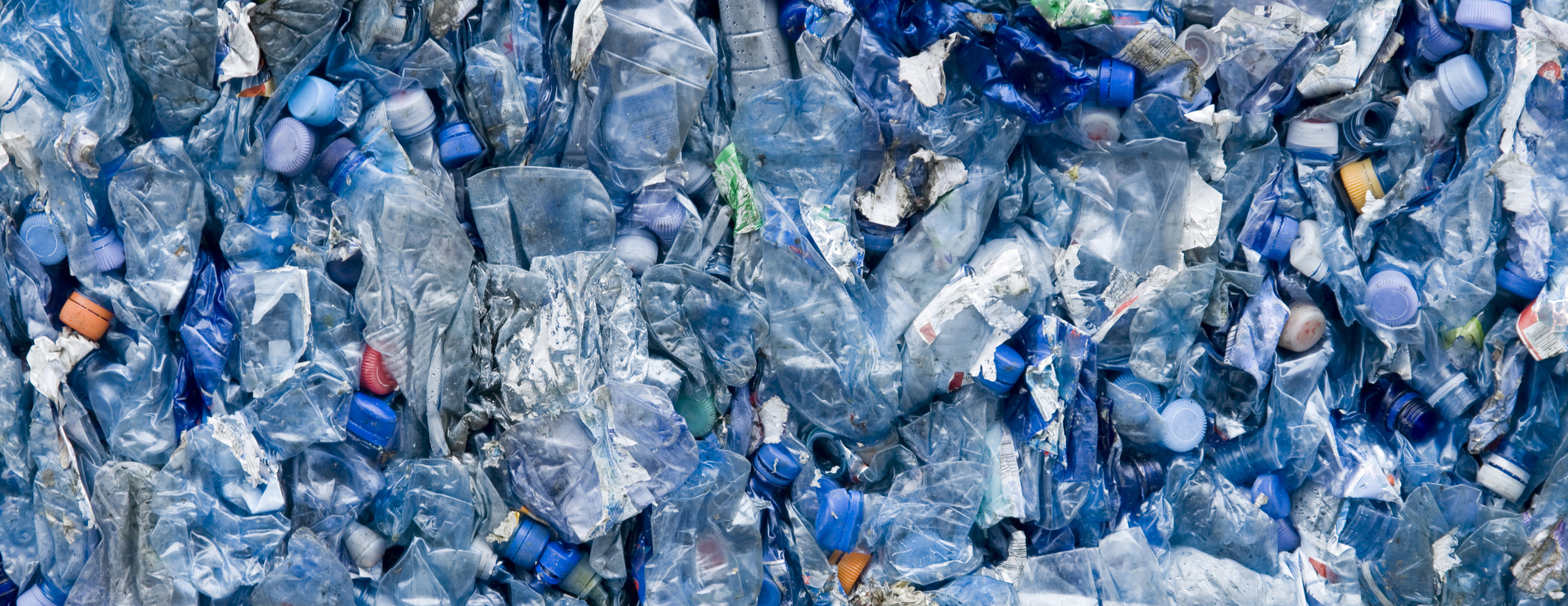By Kelvin Lin, Director of Business Development, RyPax
When will we say, “Enough is enough”? Plastic consumption has soared to new heights, leaving a daunting legacy in its wake. A recent study reveals that between 2019 and 2021, the world added an additional 1kg of single-use plastic per person, surpassing all previous records.
In a world grappling with the pervasive challenges of plastic pollution, RyPax, a leading provider of sustainable packaging solutions, stands at the forefront of the battle against this ecological menace. As the detrimental effects of plastic on our environment become increasingly evident, it is crucial to shed light on the grave consequences and rally for change.
In this article, we embark on a journey to unpack the environmental impacts of plastic pollution, exposing its far-reaching ramifications on our planet’s delicate ecosystems.
Key reasons why plastic is considered harmful:
1. Wildlife Impact
Plastic waste poses a severe threat to wildlife. Improper disposal and inadequate recycling infrastructure lead to plastic pollution in oceans, rivers, and landfills. Marine animals often mistake plastic waste for food or become entangled in plastic debris, leading to injury, suffocation, and death. Sea turtles, seabirds, whales, and other marine species suffer from ingestion or entanglement in plastic, disrupting ecosystems and biodiversity.
It takes hundreds of years for plastic to degrade, and even then, it breaks down into microplastics that can persist in the environment indefinitely. Microplastics, small plastic particles less than five millimeters in size, are pervasive in the environment. They enter water bodies through runoff, wastewater discharge, and the breakdown of larger plastic items. Microplastics are consumed by aquatic organisms, entering the food chain and potentially reaching humans through seafood consumption. The long-term health effects of microplastic ingestion are still being studied, but concerns about their impact on human health continue to grow.
2. Environmental Impact
The production of plastic consumes vast amounts of fossil fuels, mainly derived from petroleum or natural gas. These non-renewable resources contribute to greenhouse gas emissions and climate change. The extraction and processing of these raw materials also lead to habitat destruction and ecological damage. Moreover, the manufacturing process generates toxic pollutants and releases harmful chemicals into the environment, adversely affecting air quality, soil health, and water sources. Plastic production also requires vast amounts of water, contributing to water scarcity issues in many regions.
3. Health Risks
Plastics can contain hazardous chemicals like phthalates, bisphenols, and flame retardants. These substances can leach into food, beverages, and the environment, posing health risks to humans and animals. Some chemicals found in plastics have been linked to endocrine disruption, reproductive disorders, developmental issues, and certain types of cancer.
Considering these detrimental effects, it is crucial to reduce plastic consumption, promote recycling and waste management systems, and shift towards sustainable alternatives.
While progress has been made, it is clear that more needs to be done to address the plastic pollution crisis effectively. One of the challenges lies in the complexity of the issue. Plastic is deeply embedded in our global supply chains, and reducing its usage and impact requires systemic changes across industries, governments, and consumer behavior. It demands long-term commitment, collaboration, and innovative solutions.
By adopting responsible practices and embracing sustainable packaging solutions, we can mitigate the harm caused by plastic and create a healthier, cleaner, and more sustainable planet for future generations.
Like to discuss sustainable alternatives to plastic packaging for your business? Let’s chat!











